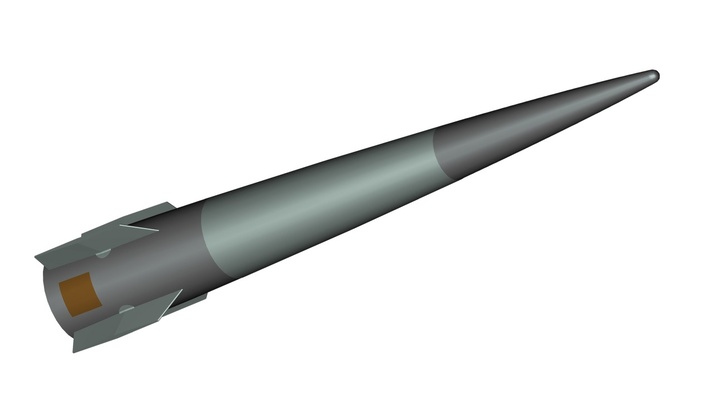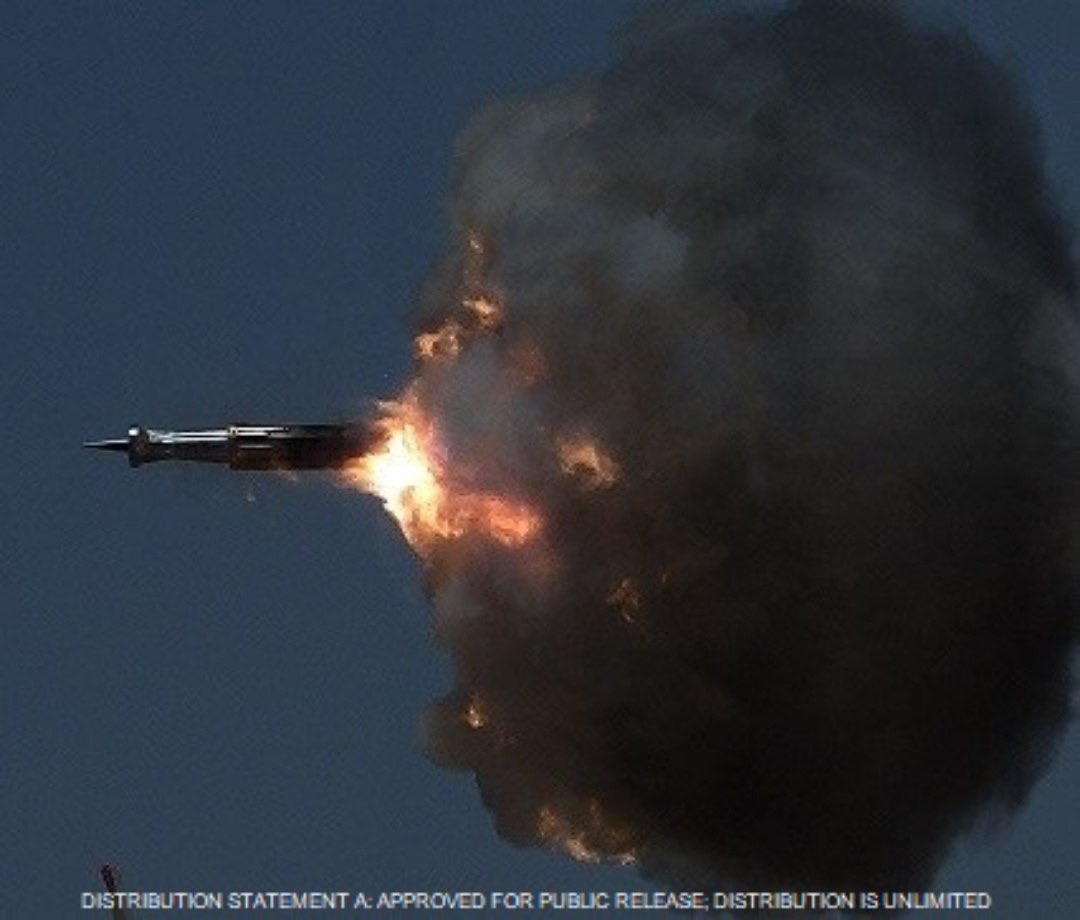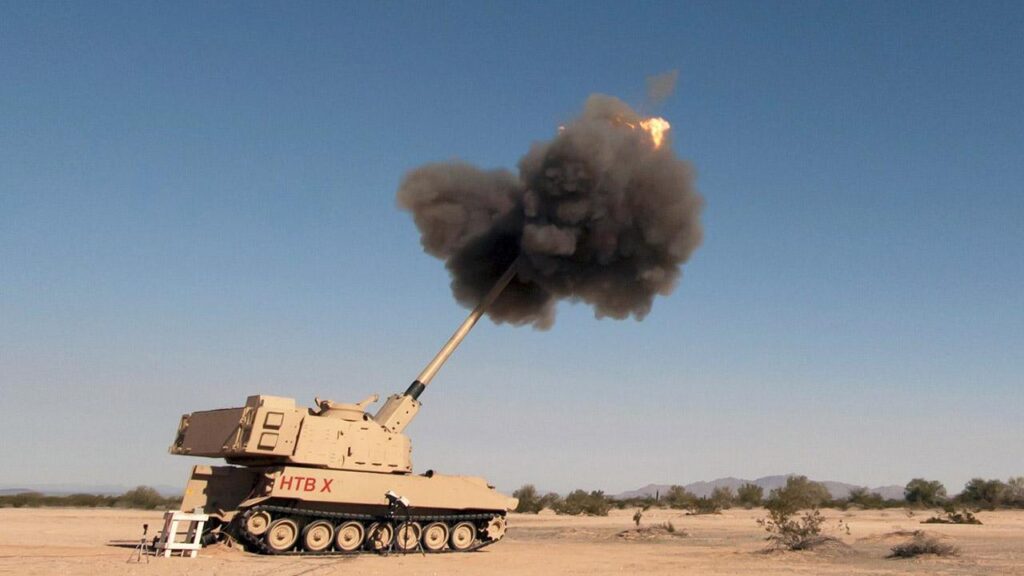BAE Sets New Range Record for Guided 155mm Artillery
BAE has conducted a test shot as part of the US Army’s efforts to extend the range of its 155mm howitzers beyond 100km. The guided round was fired from the Army’s 9-meter-long 155mm barrel known as XM907E2 and while the exact distance has not been released BAE stated that the round struck a target “beyond ranges previously demonstrated by other precision-guided projectiles.”
This work is being conducted under the XM1155 program which is looking for a novel 155mm projectile to achieve the 100km goal. Currently fielded guided rounds like Excalibur can reach 40km with a 39-caliber barrel and 70km with a 58-caliber barrel. To go further than this special projectile design is needed.

BAE’s solution is known as the Sub-Caliber Artillery Long-Range Projectile with Enhanced Lethality (SCALPEL) which is part of BAE’s Hyper-Velocity Projectile (HVP) family of munitions. HVPs are sub-caliber rounds fitted in a sabot to allow for dramatically increased muzzle velocity and range. The developmental predecessor to SCALPEL was the HVP-ER which in early 2022 was fired out to 110km.

Once the development of SCALPEL is complete BAE expects it to achieve a range of twice what existing cannon-launched precision-guided munitions can achieve. If Excalibur can do 70km out of the 58-cal gun then BAE is pushing for 140km. The XM1155 is also pursuing a guidance system that will enable the ultra-long-range round to hit fixed and even moving targets. Currently, Excalibur has a variant with a laser seeker to hit moving targets which requires a forward designator. Whether BAE will use this method or pursue something more complex remains to be seen.
Another competitor in the XM1155 competition is Raytheon which is pursuing an even more novel method to extend its range. They have partnered up with the Netherlands Organization for Applied Scientific Research to develop a ramjet-powered artillery shell. You can read more about that here.

